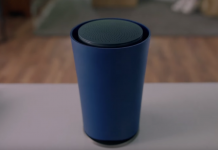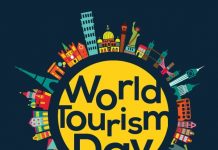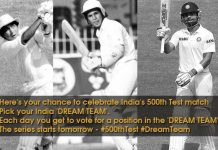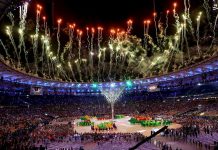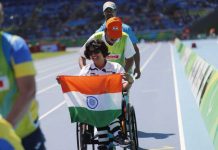A journal Science study shows that the combination of machine learning algorithms and satellite imagery can help to predict poverty in parts of the world where data is unavailable. This new method found by Scientists of Stanford has been accepted that the lighting in night time can roughly indicate the region’s wealth.
The analysis is ineffective while dealing with world areas where there is often no power at all.
The idea of estimating poverty from satellite imagery is not the first of its kind. Surveys are costly, infrequent and at times, impossible to carry out in few regions.
World’s Largest Aircraft Airlander 10 alias,The Flying Bum’s, Takes the First Test Flight
Neal Jean, the lead author of this method, describes the usage of night time images and publicly available daytime imagery, as well as survey data, can teach a computer to estimate how poor or rich an area is. Jean along with his team, created their algorithm in two steps.
First, satellite images of Uganda, Nigeria, Tanzania, Rwanda and Malawi have been running through a neural network which finds the cities and villages and predicts where the lights would at night. For example, the system predicts the area with houses would be lit up at night.
World’s First Smart shirt from Arrow that connects with your smartphone
Step two adds economic survey data which is incomplete for the majority of the region, added larger context and granularity. For instance, the system could identify the village, but the survey data could provide the household income of that village.
When the system observes a similar village nearby without any survey data available, I could start an estimate of the household income in that village. This two-step model creates a more accurate picture of the wealth in that region when compared to the night lights model.
“The World Bank, which keeps the poverty data, has for a long time considered anyone who is poor to be someone who lives on below $1 a day. We traditionally collect poverty data through household surveys… we send survey enumerators around to houses, and we ask lots of questions about income, consumption - what they’ve bought in the last year - and we use that data to construct our poverty measures,” says Dr Burke, assistant professor of Earth system science at Stanford, told the BBC Science in Action programme.
World’s first video satellite to launch next summer
The system might be useful to find income differences between rural and urban areas. But still, the system has its limitations as it is not much good at finding minor differences within a dense urban centre.
Presently, the algorithm is offered only in five African countries where it has been tested. Due to the availability of data publicly, it’s just a matter of training the system to look at other parts of the world.





